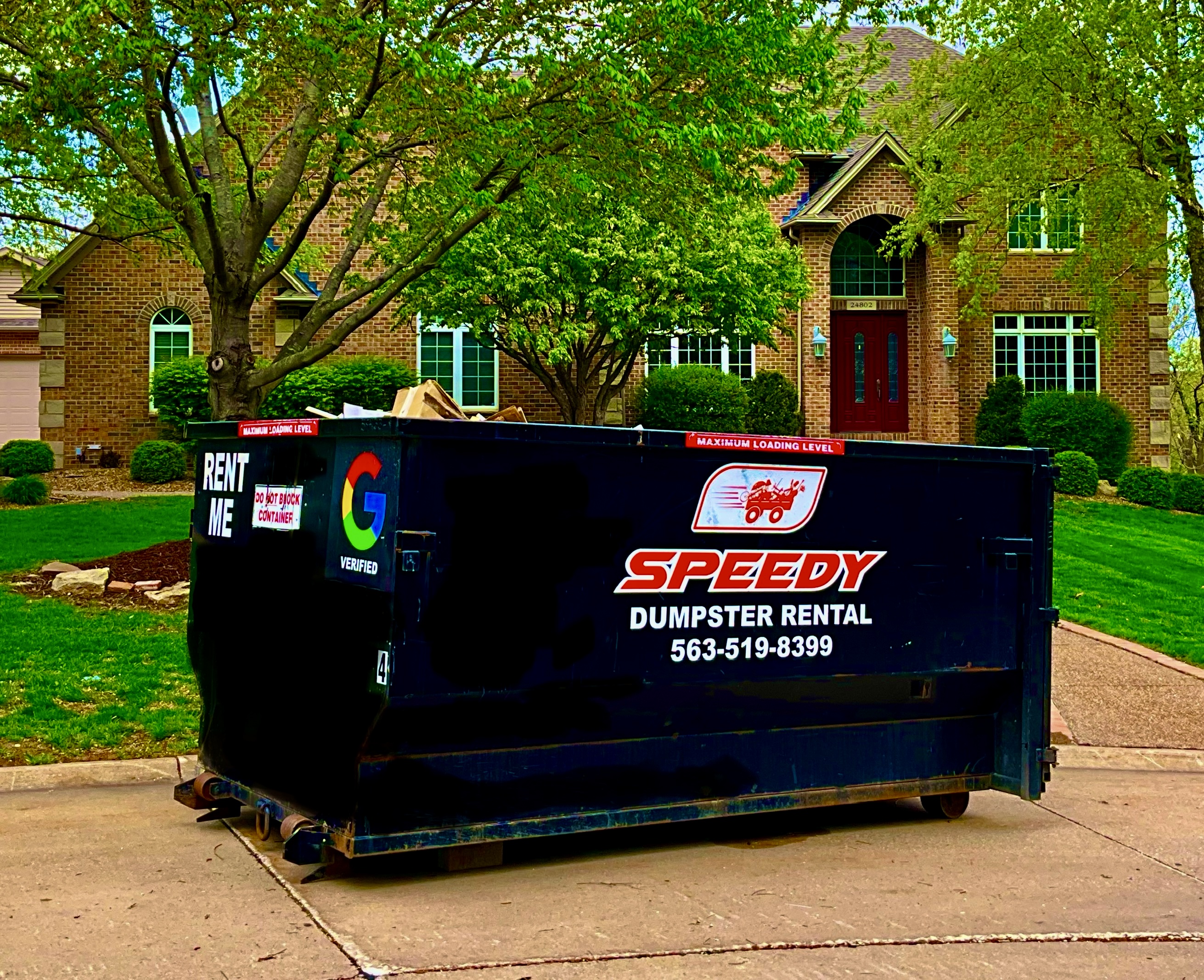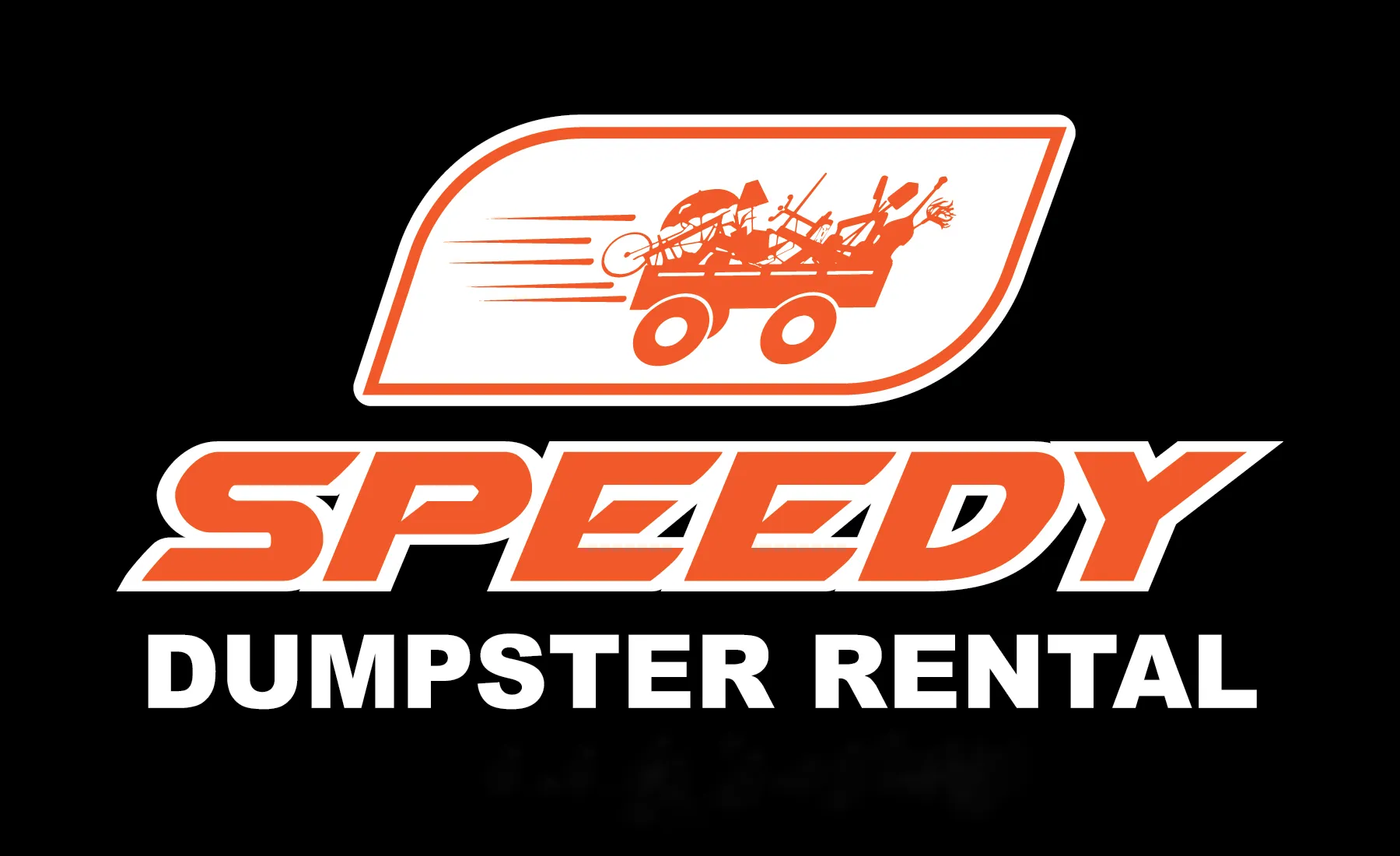OFFICE HOURS
Monday - Sunday: 7:00 AM - 7:30 PM

Dumpster Rental in Princeton, IA
Dumpster rental in Princeton, IA offers flexible sizes, delivery and pickup, weight limits, permits, and practical tips for your project.
Dumpster Rental in Princeton, IA
An efficient dumpster rental solves the toughest waste-management problems for home remodels, construction sites, estate cleanouts, and yard projects. In Princeton, IA, local roads, seasonal weather, and property types influence delivery logistics and material handling. This page explains available dumpster sizes and types, rental durations, delivery and pickup logistics, weight limits and overage policies, permit and material rules, booking and payment procedures, and practical tips so you can choose the right dumpster with confidence.
Common dumpster sizes and types available
Choosing the right size reduces cost and avoids overfilling. Common roll-off sizes and typical uses include:
- 10-yard dumpster: small cleanouts, garage or basement projects
- 15-yard dumpster: minor remodels, medium-sized cleanups
- 20-yard dumpster: larger remodels, roof tear-offs for small homes
- 30-yard dumpster: major renovations, larger construction debris
- 40-yard dumpster: full-house cleanouts, commercial jobs
Types:
- Roll-off dumpsters: standard choice for construction, roofing, and large debris.
- Commercial front-load dumpsters: for businesses and ongoing waste collection.
- Recycling dumpsters: separate containers for cardboard, clean wood, or metal where recycling services are available.
- Specialized containers: available for yard waste, concrete, brick, or soil when handled separately.
Rental duration options and extensions
Rental durations are flexible to match project timelines:
- Short-term rentals: typical 1 to 7 days for quick jobs or weekend cleanups.
- Standard week-long rentals: common for most residential remodels.
- Monthly or longer rentals: for ongoing construction or multi-phase projects.Extensions are often granted if you need more time; confirm availability before your original pickup date to avoid scheduling conflicts. Extensions may be subject to additional fees or updated scheduling.
Delivery and pickup logistics in Princeton, IA
Local conditions in Princeton influence delivery planning:
- Access: Provide clear directions, gate codes, and any driveway restrictions. Many Princeton properties have gravel driveways or narrow rural approaches; confirm truck access in advance.
- Placement: Crews typically place dumpsters on driveways, flat surfaces, or curbside where permitted. For placement on lawns, a protective layer (plywood) helps prevent rutting, especially during spring thaw or after heavy rain.
- Scheduling: Expect a delivery window rather than an exact time. Same-day or next-day delivery is sometimes available depending on fleet capacity and weather.
- Obstructions: Remove low-hanging branches, cars, trailers, and other obstacles from the planned placement area. If street placement is requested, confirm permit requirements (see next section).
Permits, local rules, and property considerations
- Street placement: If the dumpster will sit on a public street, a permit may be required from Princeton city or the county. Permit rules can include signs, barriers, or time limits.
- Homeowner associations: Check HOA rules for visual restrictions, placement, or allowed rental durations.
- Driveway and surface protection: Icy, wet, or soft ground increases the risk of sinkage and surface damage. In winter, frozen ground is more resilient; in spring and after rain, protect lawns and gravel surfaces.
Weight limits and overage policies
Dumpsters come with weight limits to cover landfill or disposal costs. Heavy materials such as concrete, brick, stone, soil, and certain appliances add significant weight and can exceed standard allowances quickly. When planning:
- Separate heavy materials into a dedicated container if available or disclose them when booking.
- Overweight fees typically apply per ton for loads beyond the included allowance. Policies vary by provider; disclose heavy loads up front to avoid surprises.
- Load distribution: Place heavy items evenly to keep the dumpster balanced and within truck handling limits.
Acceptable and prohibited materials
To ensure compliance with local disposal rules and landfill restrictions, follow these general guidelines.
Acceptable materials (typical):
- Household construction debris: wood, drywall, shingles (confirm roofing rules)
- Furniture and non-hazardous household junk
- Yard waste and tree trimmings (sometimes limited or separate)
- Non-hazardous metal and appliances (may require special handling for freon)
Prohibited materials (common restrictions):
- Hazardous waste: paint, pesticides, solvents, propane tanks, fuels, and batteries
- Asbestos-containing materials (requires certified removal and special disposal)
- Medical or biohazard waste
- Tires, mattresses, and electronics often have separate disposal rules or fees
- Items containing freon (refrigerators, air conditioners) typically require certified removal
If you have question items such as appliances, electronics, or potentially hazardous materials, disclose them when booking so they can be handled correctly.
Booking and payment procedures
A smooth booking process typically follows these steps:
- Select the dumpster size and rental duration that match your project needs.
- Provide delivery address, preferred dates, and any access notes (gates, overhead wires, driveway material).
- Disclose material types and any heavy items to confirm weight limits and container suitability.
- Review terms: permitted placement, rental period, and policies for extensions and overage handling.
- Payment: Most providers accept major credit cards, electronic payments, or business invoicing for account holders. A deposit or authorization may be required to secure the delivery date. Final billing may reflect any weight overages or additional services.
Preparing your site for delivery — tips
- Clear a 12 to 16 foot wide access path and a 10 to 12 foot vertical clearance for truck placement.
- Choose a flat, stable surface. Use plywood under the dumpster if placing on grass, soft gravel, or newly paved driveways.
- Protect underground utilities and septic zones by avoiding placement over hidden lines.
- Break down bulky items and flatten boxes to maximize capacity.
- Load evenly and avoid overhanging the container rim to prevent refusal at pickup.
- Keep the area clear on pickup day to avoid delays.
FAQs — quick answers to common decisions
- How full can I fill a dumpster?Do not fill above the container rim; overfilled dumpsters can be unsafe to haul and may be refused at the landfill.
- What if my project generates more material than estimated?Arrange an additional pickup or exchange for a larger container. Disclosing heavy materials up front reduces unexpected costs.
- Do I need a permit to place a dumpster on the street?Often yes. Confirm with Princeton city or county public works before scheduling street placement.
- Can hazardous materials go in the dumpster?Hazardous materials are prohibited. They require specialized disposal channels.
- How long does delivery take?Delivery windows vary with weather and schedule. Same-day or next-day delivery may be available depending on fleet capacity.
Choosing the right dumpster and planning delivery with local conditions in mind makes projects in Princeton, IA move faster and cleaner. Proper preparation, clear communication about materials, and awareness of local rules protect your property and keep disposal on schedule.

Customer
Testimonials
See what our satisfied customers are saying about their experience with us.
